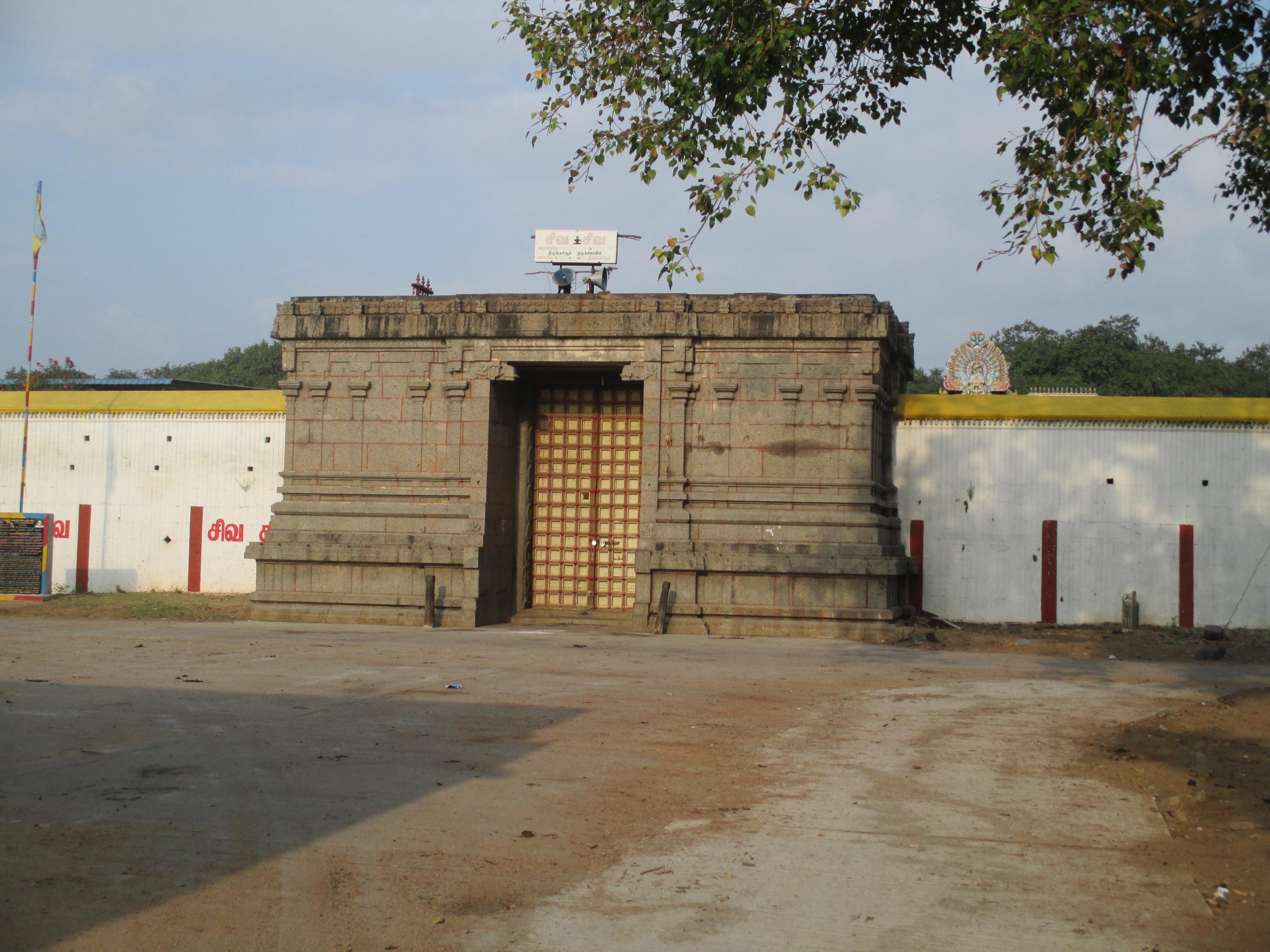The history of Kachabeswarar Temple is deeply rooted in Hindu mythology. According to legend, during the churning of the milk ocean, the Mandhara hill, used as the churning stick (mathu), began to sink. To rescue it, Lord Vishnu incarnated as Kachaba, the tortoise, and came to this place. He created a spring, bathed, and prayed to Lord Shiva for assistance. As Lord Shiva helped Vishnu in this endeavor, he became known as Kachabeswarar. The place, thus, came to be called Tirukachur, after this divine event.
The temple's Mother, Anjanakshi, blesses devotees from a separate shrine. The name Anjanakshi is derived from "Anjanam," meaning eyes, as the goddess is considered to protect her devotees as her own eyes. She is also praised as Sundaravalli, admiring her beauty. In front of her shrine, the Sri Chakra is installed in the mandap. Women light ghee lamps here, praying for family welfare and prosperity.
Lord Shiva, in the form of Thiagaraja, is believed to have performed the Ajaba Dance here for Lord Vishnu. As the procession deity of the temple, Thiagaraja is honored during all the temple’s festivals. The saint Arunagirinathar has sung the praises of Lord Muruga of this temple. The temple is also known as Aala Koil (banyan tree temple) because the sacred tree here is the Kallala Maram (Banyan tree).
Administration History :
The temple has a rich history of administration, reflecting contributions and patronage from various dynasties, including the Pallavas, Cholas, Pandyas, and Vijayanagaras, who played a significant role in its construction, renovation, and maintenance. Over centuries, the temple has been a hub of cultural and spiritual activities, supported by land grants, donations, and community efforts documented in its inscriptions. Currently, the temple is under the administration of the Hindu Religious and Charitable Endowments (HRCE) Department of the Government of Tamil Nadu, ensuring its upkeep and the continuity of rituals and festivals.
